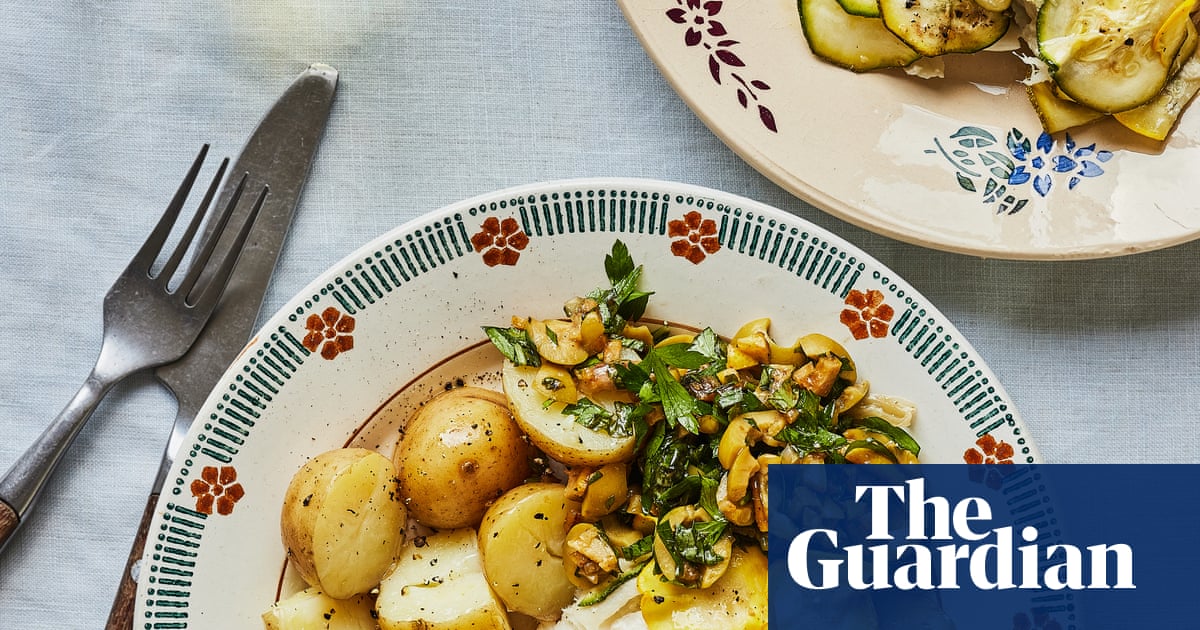Every now and then, a local restaurant called La Torricella has millefoglie among its regular offerings of lemon sorbet, tiramisu, pineapple-cut-into-a-fan, and pine nut or vanilla gelato with strawberries. Customers are very likely to have spotted the millefoglie long before seeing it typed up on the paper menu, though, because it will be sitting near the front door, either on the dessert trolley or zinc bar.
Named because the concertina puff of the pastry looks like a thousand (mille) leaves (foglie), La Torricella prepares a millefoglie that is more or less the size of a vinyl LP, its three rings of pastry sandwiched with a mixture of custard and whipped cream, otherwise known as diplomat cream. The layers of preparation make it a special-occasion dessert – in fact, La Torricella makes millefoglie only when a large enough group requests one. The rest of the room, however, then benefits from someone else’s celebration, because the kitchen might as well make two while they’re at it. Or at least I think that’s how it works.
Inspired by La Torricella, and also by every millefeuille and cream slice I have ever eaten, I have wanted to include a version of millefoglie in this column since the beginning. Ten years on, however, I am still nowhere near mastering real puff pastry or unsupported pastry cream. A friend suggested I write about a version using rough puff (Jane Grison’s version) and pastry cream supported by cornflour – a millefoglie with bike stabilisers, if you like. I am not going to lie, however, because making both the pastry and cream still caused me anxiety, which was, I promise, then offset by immense joy.
The wonderful thing about millefoglie is that, even if things haven’t gone exactly to plan, and however the pastry, custard and cream come together, it will still taste good. And remember, if all else fails, you can treat the elements like Eton mess. In fact, a mess has its benefits, because cutting a beautiful rectangle can be a nightmare; use a pointy knife to perforate the pastry top like a postage stamp, then try cutting your thousand leaves.
Millefoglie (puff pastry and cream sandwich cake)
Serves 4-6
250g plain flour
220g very cold butter, diced
1 tsp salt
2 tsp lemon juice
500ml whole milk, warmed
1 whole egg plus 3 yolks
80g caster sugar
65g cornflour
150ml double cream
Icing sugar, for dusting
Wash a bowl so it is very cold, then dry. Put the flour in the bowl, add three cubes of the butter and rub together so the mix resembles fine breadcrumbs. Add the salt, then toss through the remaining cubes of butter. Add 125ml iced water and the lemon juice, and bring the dough together into a scraggy mass.
Working on a floured board, shape the dough into a 10cm x 20cm rectangle and flour the top. Use a floured rolling pin to roll out the rectangle to double its original size, then fold in both ends so they meet in the middle and fold again over the central divide, so the pastry now looks a bit like a book. Rotate the book and repeat the process, extending, folding in the ends and turning the pastry back into a book. Wrap and chill for an hour.
Meanwhile, working in a pan off the heat, beat the whole egg, egg yolks, sugar, cornflour and a few tablespoons of the warmed milk to make a thick paste. Put the pan on a low heat and add the rest of the warmed milk, whisking constantly until the crema is thick. Take off the heat, tip into a bowl and leave to cool. Beat the cream until it’s thick, then chill.
Working on a floured surface, roll the dough into a 25cm x 20cm rectangle, then cut it into three even strips. If possible, chill the strips, then arrange them side by side on a baking tray lined with greaseproof paper and prick all over. Bake in a 180C (160C fan)/350F/gas 4 oven for 30 minutes, until golden, then remove and leave to cool completely. Meanwhile, fold the whipped cream into the crema.
Put one of the pastry strips on a plate, then spread or pipe a layer of the cream mix on top. Lay a second pastry strip on top, cover with of the cream mix, then top with the last strip of pastry and dust with icing sugar.

 3 months ago
64
3 months ago
64

















































